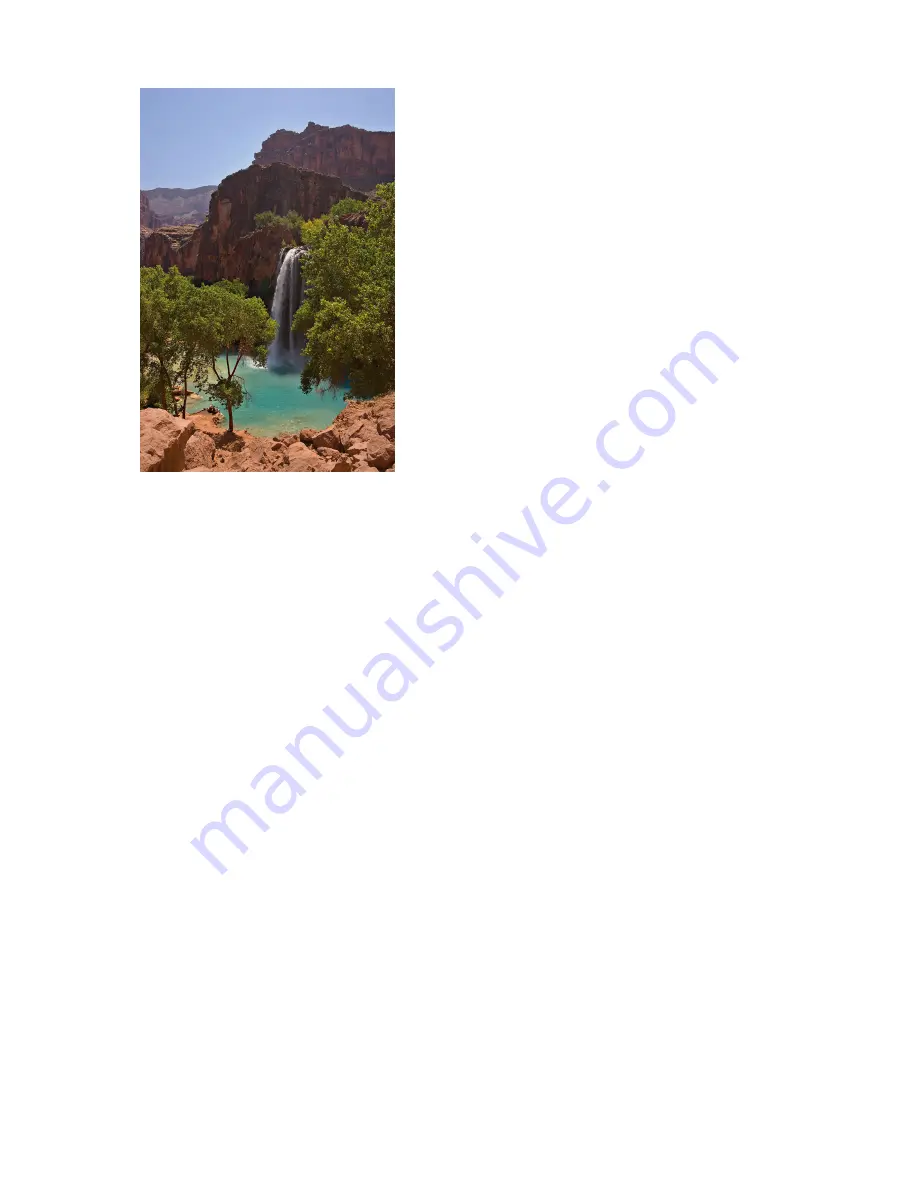
Water, The Perfect Solvent
Water is the perfect solvent due to its
polarity. Substances that will mix well and
dissolve in water (e.g. salts) are known as
"hydrophilic" (water-loving) substances, while
those that do not mix well with water (e.g. fats
and oils), are known as "hydrophobic" (water-
fearing) substances. The ability of a substance
to dissolve in water is determined by whether
or not the substance can match or better the
strong attractive forces that water molecules
generate between other water molecules. If a
substance has properties that do not allow it to
overcome these strong intermolecular forces,
the molecules are "pushed out" from the water,
and do not dissolve. Contrary to the common
misconception,
water
and
hydrophobic
substances does not "repel", and the hydration
of a hydrophobic surface is energetically, but
not entropically, favorable.
When an ionic or polar compound enters water, it is surrounded by water
molecules (Hydration). The relatively small size of water molecules typically
allows many water molecules to surround one molecule of solute. The partially
negative dipole ends of the water are attracted to positively charged components
of the solute, and vice versa for the positive dipole ends.
In general, ionic and polar substances such as acids, alcohols, and salts
are relatively soluble in water, and non-polar substances such as fats and oils
are not. Non-polar molecules stay together in water because it is energetically
more favorable for the water molecules to hydrogen bond to each other than to
engage in van der Waals interactions with non-polar molecules.
An example of an ionic solute is table salt; the sodium chloride, NaCl,
separates into Na
+
cations and Cl
-
anions, each being surrounded by water
molecules. The ions are then easily transported away from their crystalline lattice
into solution. An example of a nonionic solute is table sugar. The water dipoles
make hydrogen bonds with the polar regions of the sugar molecule (OH groups)
and allow it to be carried away into solution.
Summary of Contents for WaterCrest
Page 1: ...Owner s Manual 2015...
Page 7: ...evaporation transpiration condensation precipitation and runoff...
Page 13: ......
Page 14: ......
Page 16: ...Installation Procedure...






































